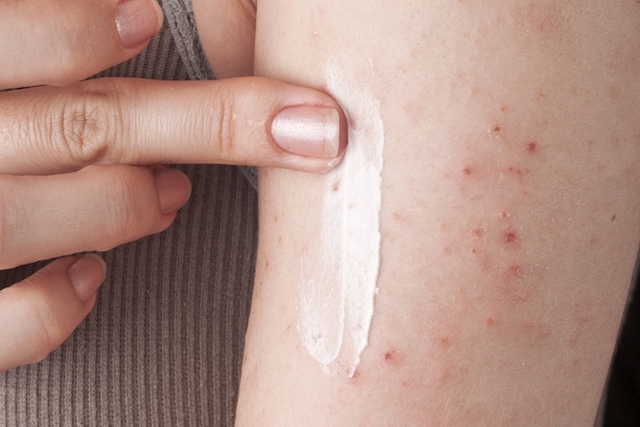- Main symptoms and causes
- 1. Proportional dwarfism
- 2. Disproportionate dwarfism
- What is primordial dwarfism
- How the diagnosis is made
- Treatment options
Dwarfism is a consequence of genetic, hormonal, nutritional and environmental changes that prevent the body from growing and developing as it should, causing the person to have a maximum height below the average of the population of the same age and sex, which can vary between 1.40 and 1.45 m.
Stunting can be characterized by short stature, limbs and toes, long, narrow torso, arched legs, relatively large head, prominent forehead and marked kyphosis and lordosis.
There are two main types of dwarfism, which include:
- Proportional or pituitary dwarfism: all parts of the body are smaller than normal and appear proportional for height; Disproportionate or achondroplastic dwarfism: some parts of the body are equal or larger in size than would be expected, creating a feeling of disproportionality for height.
Usually, dwarfism has no cure, but treatment can alleviate some of the complications or correct deformities that may arise with the child's development.

Main symptoms and causes
In addition to the decrease in body height, different types of dwarfism can cause other symptoms such as:
1. Proportional dwarfism
Typically, symptoms of this type appear in the first years of life, since their main cause is a change in the production of growth hormone, which has been present since birth. Symptoms include:
- Growth below the third pediatric percentile curve; Child's overall development below normal; Delay in sexual development during adolescence.
In most cases, the diagnosis is made by the pediatrician shortly after birth or during childhood consultations.
2. Disproportionate dwarfism
Most cases of this type of dwarfism are caused by a change in the formation of cartilage, called achondroplasia. In these cases, the main symptoms and signs are:
- Trunk of normal size; Legs and arms short, especially in the forearm and thighs; Small fingers with greater space between the middle and ring finger; Difficulty in bending the elbow; Head too big for the rest of the body.
In addition, when caused by other changes, such as chromosome mutations or malnutrition, disproportionate dwarfism can also cause a short neck, rounded chest, lip deformities, vision problems or foot deformities.
What is primordial dwarfism
Primordial dwarfism is an extremely rare type of dwarfism, which can often be identified before birth, since the growth of the fetus is very slow, being less than expected for gestational age.
Usually, the child is born with very low weight and continues to grow very slowly, although his development is normal and, therefore, the diagnosis is usually made in the first months of life.
How the diagnosis is made
The diagnosis of dwarfism is clinical, and the radiological examination is usually sufficient to confirm it. Due to the bone constitution, some clinical complications are more frequent, and monitoring by a multidisciplinary team is recommended, with special attention to neurological complications, bone deformities and recurrent ear infections.
Treatment options
All cases must be evaluated by the doctor, in order to identify possible complications or deformities that need to be corrected. However, some of the most used treatments include:
- Surgery: must be performed by the orthopedist and helps to correct changes in the direction of growth of some bones and promote bone stretching; Hormonal therapy: it is used in cases of dwarfism due to growth hormone deficiency and is made with daily injections of the hormone, which can help to reduce the difference in height; Increased arms or legs: it is a little used treatment in which the doctor has surgery to try to stretch the limbs if they are out of proportion with the rest of the body.
In addition, those who suffer from dwarfism should have regular consultations, especially during childhood, to assess the appearance of complications that can be treated, in order to maintain a good quality of life.















